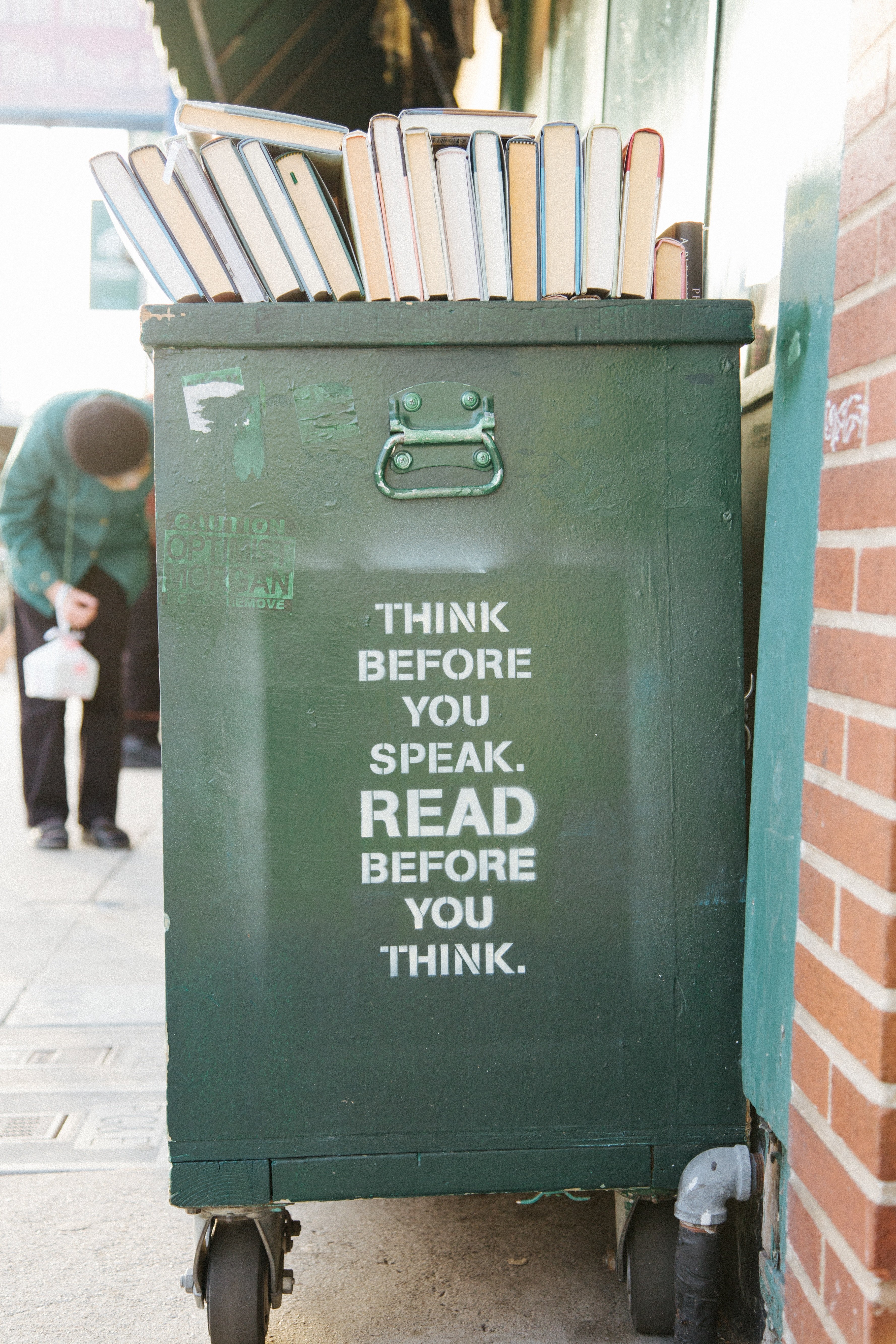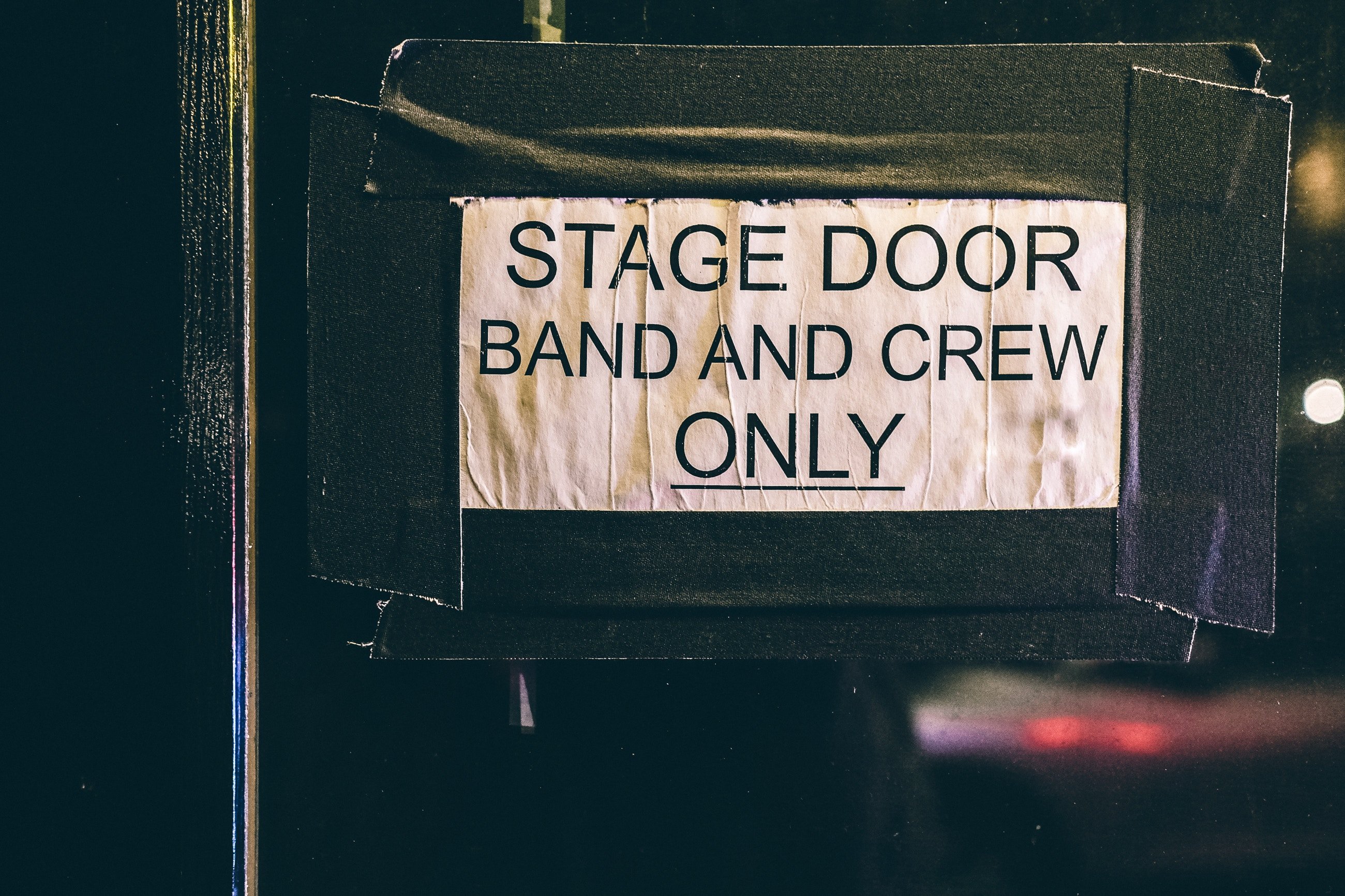The American theatre industry remains a white, male-centric institution in 2018, despite an increasing awareness of racial and gender disparities amongst regional theatres.
If you’re paying attention to the world in which we live, it should come as no surprise to you that this is the case. America has a deeply embedded history of systemic racism and gender discrimination that we are still recovering from. Our nation’s fabric has been stained with continued traumas and injustices. (FYI: All images from Unsplash)

Despite the artist community being progressive and “bohemian” the same patterns are perpetuated in our ranks. Theatres are quick to say “the talent just isn’t out there” or that qualified individuals “lack the proper training”.
I have heard Board members in rooms I have sat in honestly ask the question, “Can we pursue artistic excellence and racial equity at the same time?” The answer is most obviously and emphatically YES.

Unfortunately, the American theatre has been weakened by its exclusion of narratives that divert from the mainstream white-European, hetero, male-dominated stories we are used to seeing. Even when women are featured, it is often their relationship to a man that gives them value. Check out my recent Bechdel Con(test) for more on that!
Theatres are struggling to sell tickets and remain relevant. There is a tendency to program old material and then be confused when it doesn’t land with your community and result in an overflowing audience. The world is changing. In just a few decades white folks will not, for the first time, be the majority in the US. If arts institutions -- and especially theatres -- want to remain relevant and sell tickets for years to come they need to expand what they are offering!

On May 24, 2017 Actor’s Equity posted a formal racial equity study: Equity 2020
Here is the statement about the study from Actor’s Equity Executive Director, Mary McColl:
This issue of Equity News is groundbreaking for our union. We have spent months researching the makeup of our membership and who is getting hired. This research started by looking at gender parity in hiring. It then expanded more broadly to include the entire membership. The results, empirical and difficult to confront, show that institutional hiring bias exists in our industry. Something that we instinctively knew was true is proven out and now we are publishing that data.
We are publishing this data not to place blame, but to start an overdue conversation about how we move forward as an industry to make sure the stage is more inclusive. This work matters— not just for Equity and our membership, but to ensure that live theatre remains relevant for the next generation of artists and audiences.
If you work in any creative field, or human resources, I cannot encourage you enough to read the full study. Yes, you can likely guess at the findings and content, but the data tells a story that cannot be misunderstood. Inequity exists.

In June 2017, The New York Times picked up this study and wrote an incredible summary piece you may also enjoy: Theater Jobs Skew White and Male, Study Finds.
On Broadway and in national tours, where salaries are highest, women had 35 percent of the principal roles in plays and 42 percent of principal roles in musicals, and 37 percent of stage manager jobs. Even in chorus parts, women were underrepresented, at 44 percent.
Off Broadway, where salaries are lower, women are faring better: just 40 percent of the principal roles in plays, but 47 percent of the principal roles in musicals, 54 percent of the chorus roles, and 65 percent of the stage manager jobs.
For minorities, the numbers are lower: African-American performers, for example, got 11 percent of the principal roles in Broadway and touring plays, and 9 percent in musicals. Off Broadway, African-American performers did better: about 14 percent of the principal roles and 22 percent of chorus jobs. But Equity said that whites were generally hired with higher contractual salaries at all levels.

I’m not saying there aren’t incredible companies out there doing the work: Guthrie Theater, Steppenwolf, Mixed Blood, Intiman, Sojourn Theatre, and The Public are just a few names that immediately come to mind.
However, they stand as examples in a sea of regional theatres who are at a loss to connect to their changing communities. In my opinion, theatre was always an art form dedicated to the people. In its earliest form it was public-storytelling performed on the streets--a living history capturing the cultural zeitgeist. I would argue that this is still it’s purpose. I would argue that theatres have a responsibility -- as artists with a platform -- to program work that speaks to the world in which we live and strives to transform it.

I just went to prison for 5 months. Again. | 03
ART MIX-UP CONTEST | 02
ART DIGEST | 01




